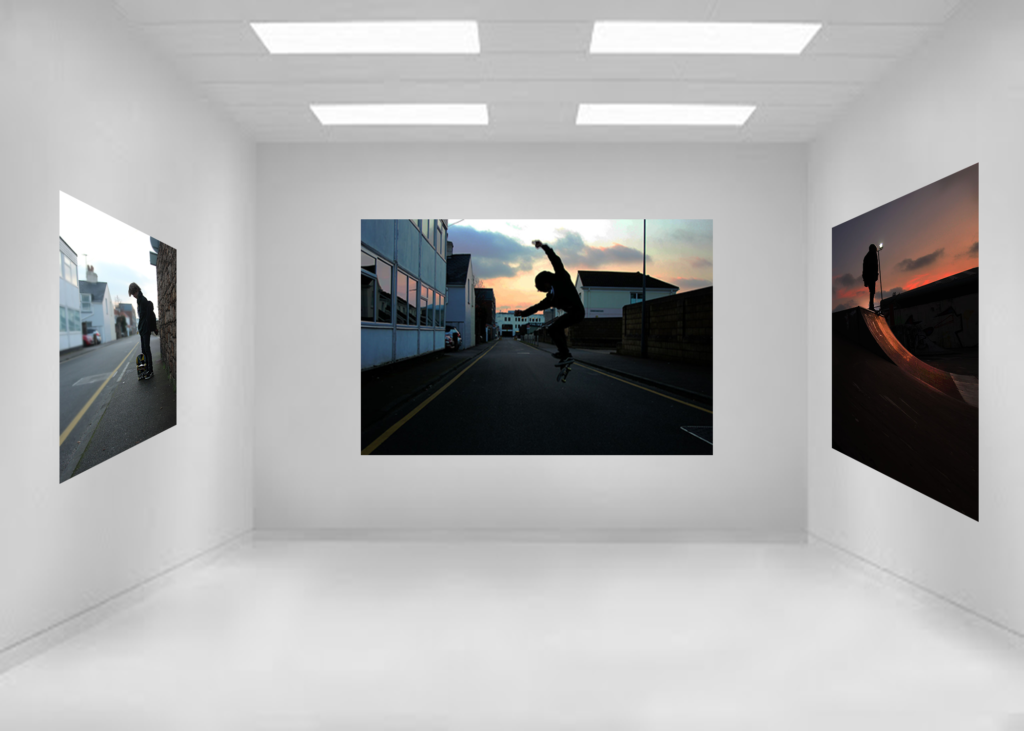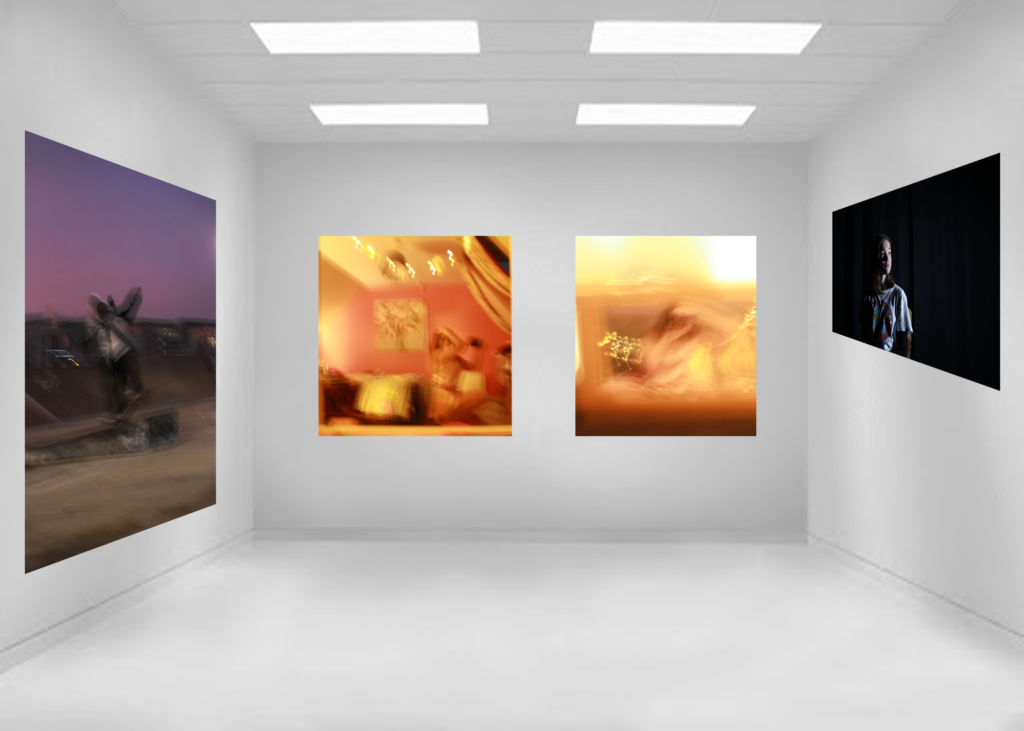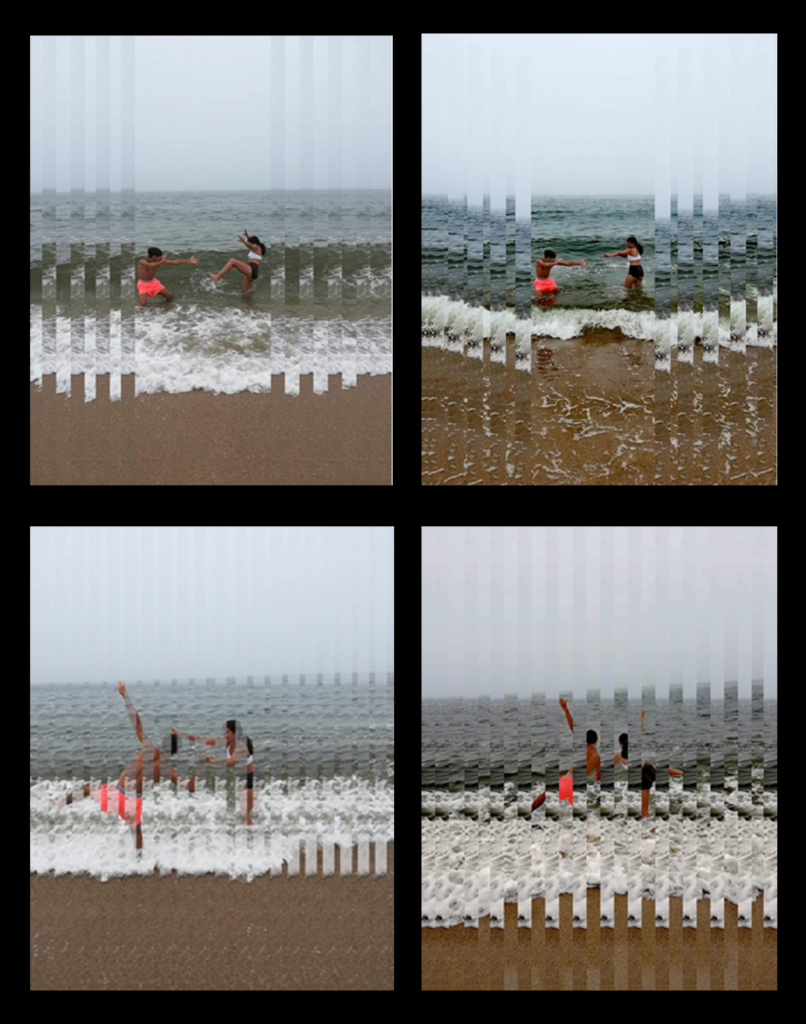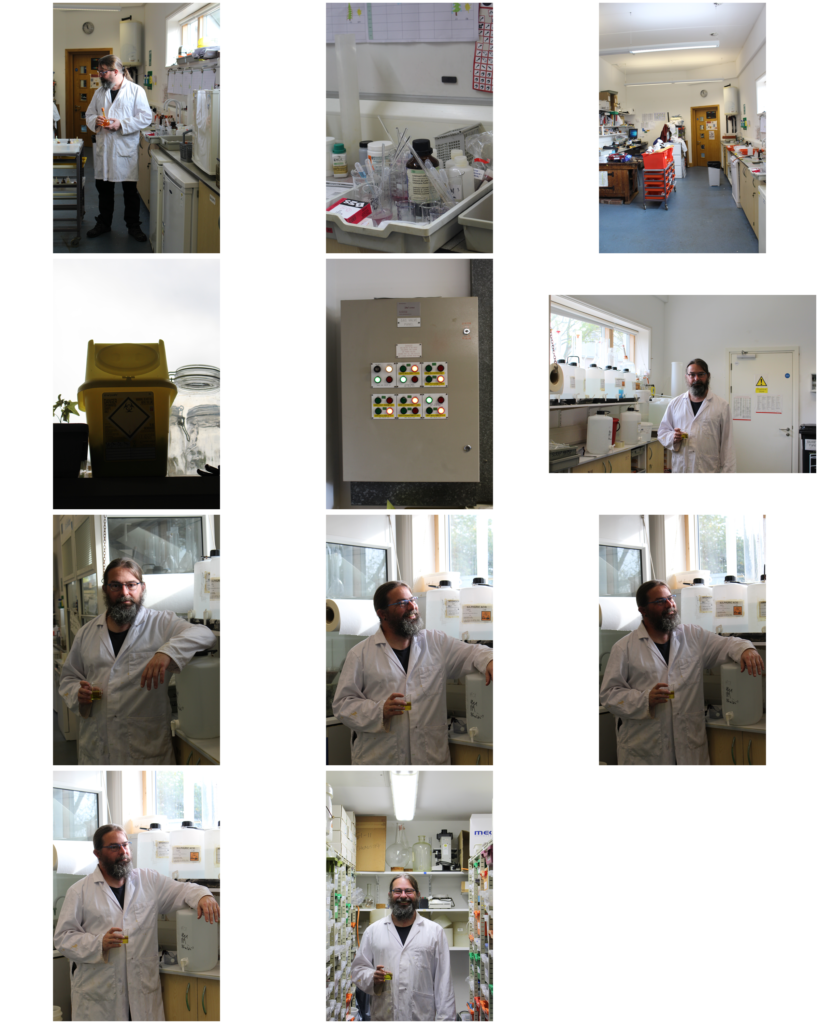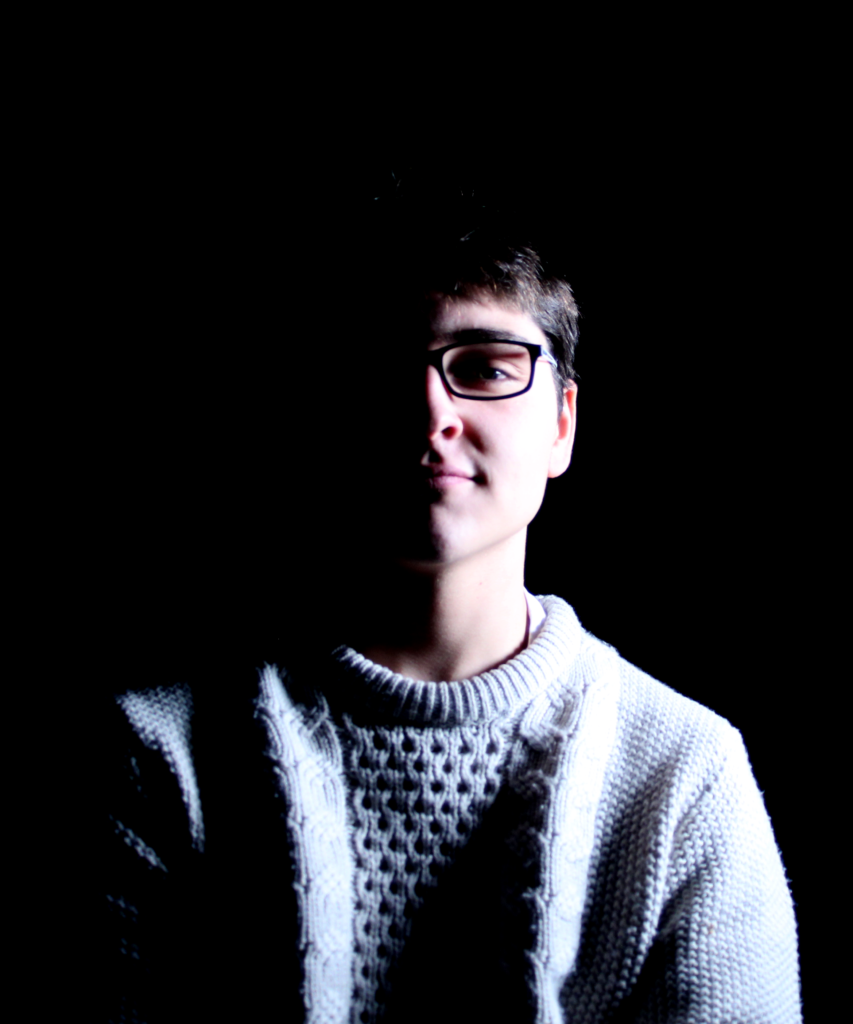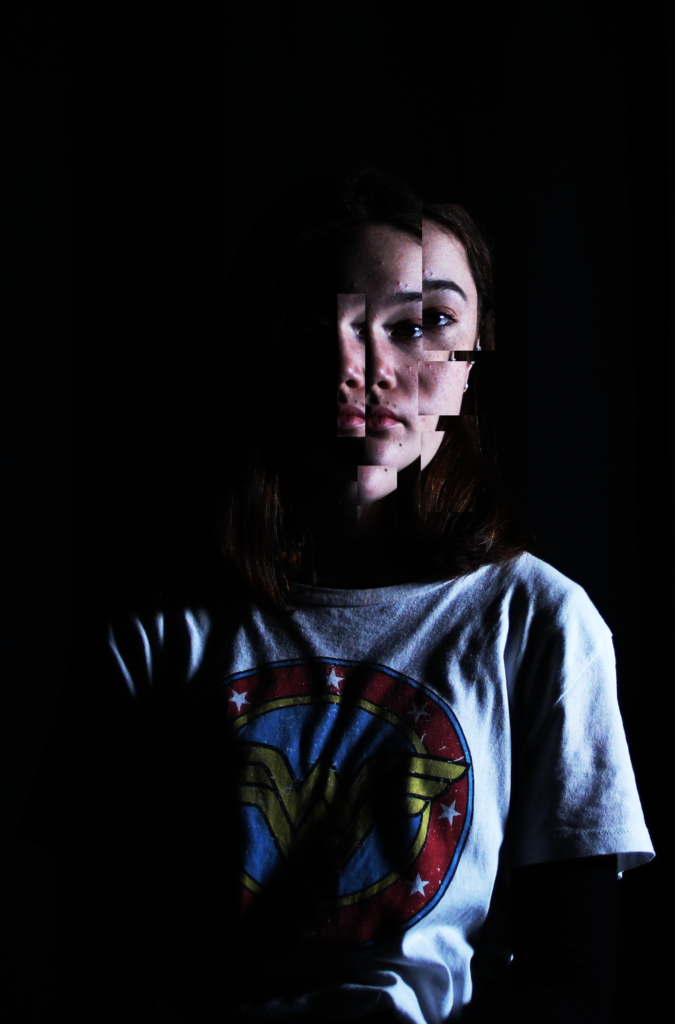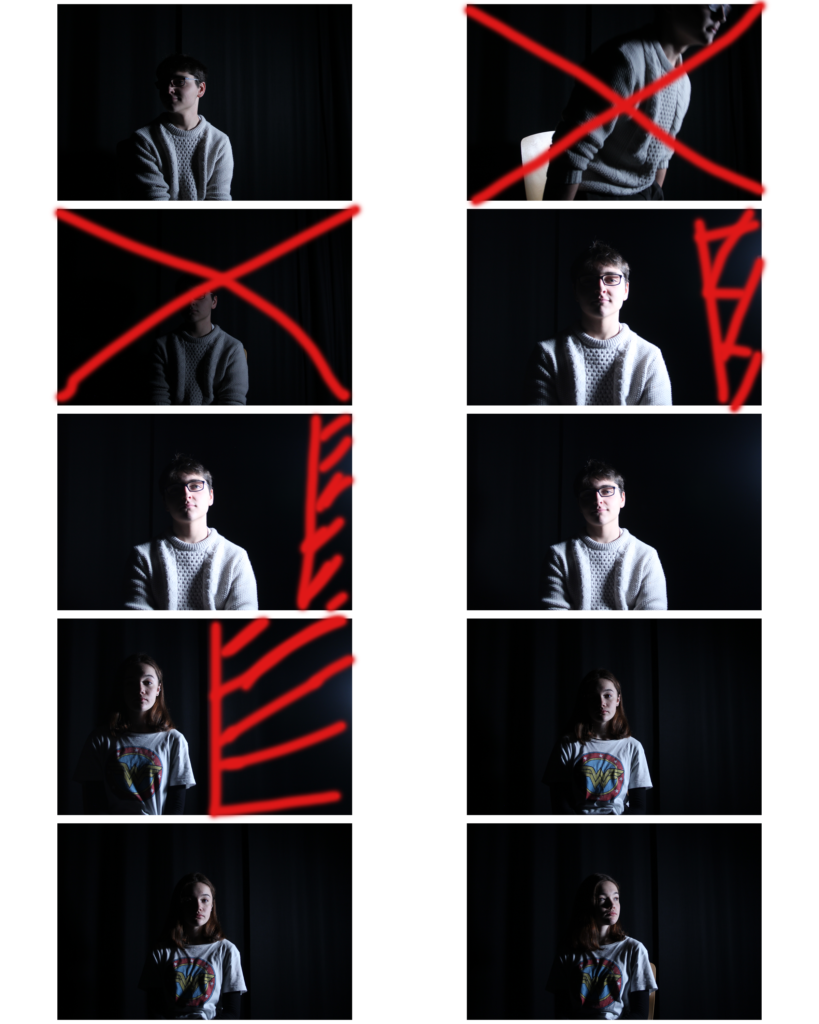Sam Contis
Sam Contis is a Postwar & Contemporary artist who was born in 1982. Their work was featured in numerous exhibitions at key galleries and museums, including the The Museum of Modern Art and the and the Klaus von Nichtssagend Gallery.
Sam Contis’ series Deep Springs speaks to the idea of community and the social self. Contis spent lengthy visits at a traditionally all-male liberal arts college in the high desert of California, a remote backdrop that contrasts starkly with the group mode of collegiate life. Contis’ subjects are pictured at a moment in their lives where they are in their early college years that has been typically understood as a time of coming into an adult self. In this case, such identity-formation is impacted by group social dynamics as well as connection to the characteristic western landscape of California.

Paul Mpagi Sepuya’s
Paul Mpagi Sepuya was born in 1982 he is an American photographer and artist. His photographs focus heavily on the relationship between artist and subject. He often explores the nude in relation to the intimacy of studio photography. The foundation of Sepuya’s work is portraiture. He features friends and muses in his work that creates meaningful relationships through the medium of photography. Sepuya reveals the subjects in his art in fragments: torsos, arms, legs, or feet rather the entire body. Through provocative photography, Sepuya creates a feeling of longing and wanting more.
Paul Mpagi Sepuya’s images often substitute masks, parts and space to fragment both the literal and figurative body. Layers and collage effects unsettle what the eye anticipates, viewers’ fixed beliefs, the historical canon of portraiture and the social context more broadly. “There is a confusion of positions – Where is the camera? The model? – which forces viewers to confront our own perspectives,





